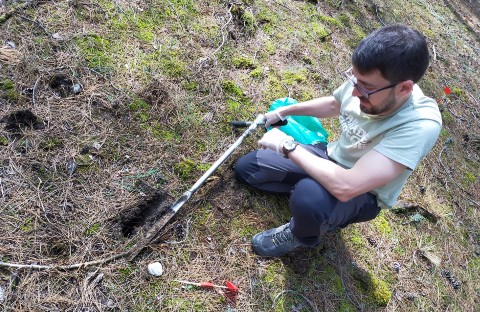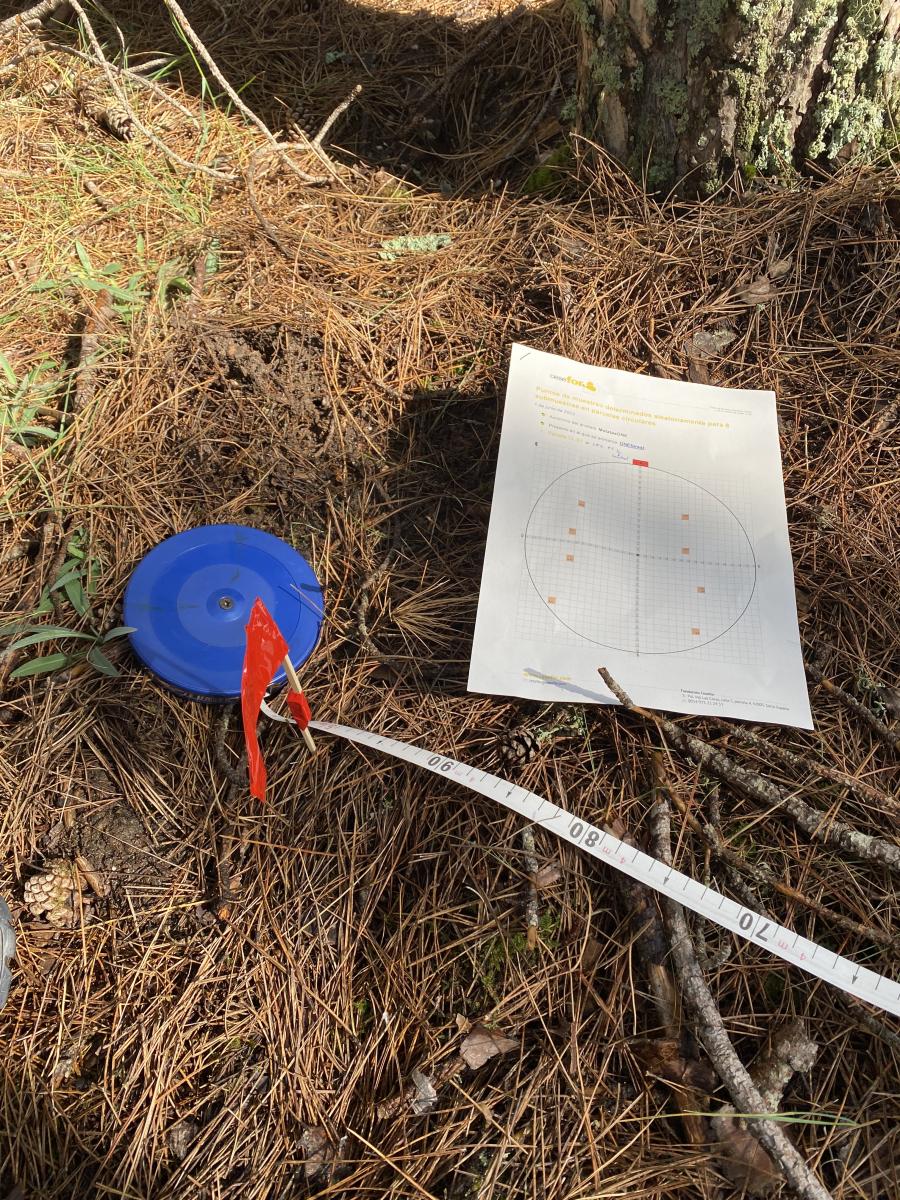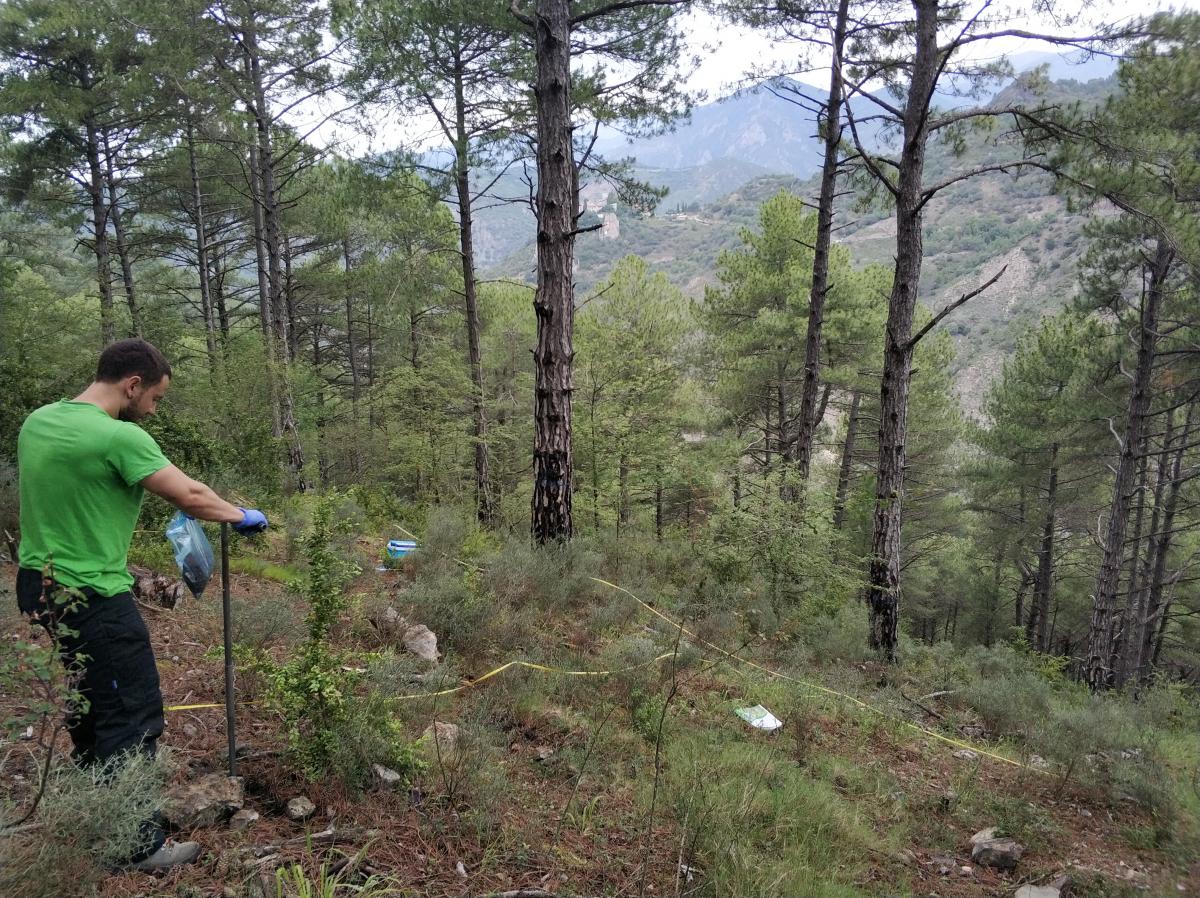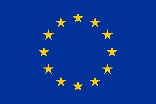
Exploring the Impact of Forest Management on Soil Fungal Biodiversity in Mediterranean Forests
Our latest study, performed by CESEFOR and CTFC, aims to assess the effect of forest management on soil fungal species and their relative abundances in Mediterranean black pine forests (Pinus nigra). This research holds immense value in understanding the potential impact of forest management practices on the biodiversity of soil fungi, including both edible fungi and mycorrhizal fungi crucial for forest water balance.
In collaboration, CESEFOR and CTFC have diligently sampled two plots in Soria, case study site, and nine plots in Catalonia in the Mediterranean Case Study Region. Each plot has been thoughtfully paired, consisting of one managed plot and one control plot. This approach allows us to compare the effects of forest management on soil fungal communities.
To ensure accurate analysis, soil samples were carefully collected and promptly sent refrigerated within 24 hours to INBIOTEC-CESEFOR in León. Upon arrival, the samples underwent sieving, homogenization, and division into aliquots for DNA extraction. These DNA samples will then be sent to an external company specialized in metagenomics sequencing. Bioinformatics will be performed on the raw data to identify the fungal species present and determine their relative abundances.
This comprehensive study holds great promise for shedding light on the intricate relationship between forest management and soil fungal biodiversity. By gaining insights into how our management practices impact these essential ecological components, we can make informed decisions that promote both sustainable forestry and the preservation of soil fungal communities.
Stay tuned for the exciting results that will further improve our understanding of the dynamic interplay between forests, fungi, and sustainable forest management.
Our partners from CESEFOR sampling two plots in Soria.

Our partners from CTFC sampled nine plots in Catalonia,



